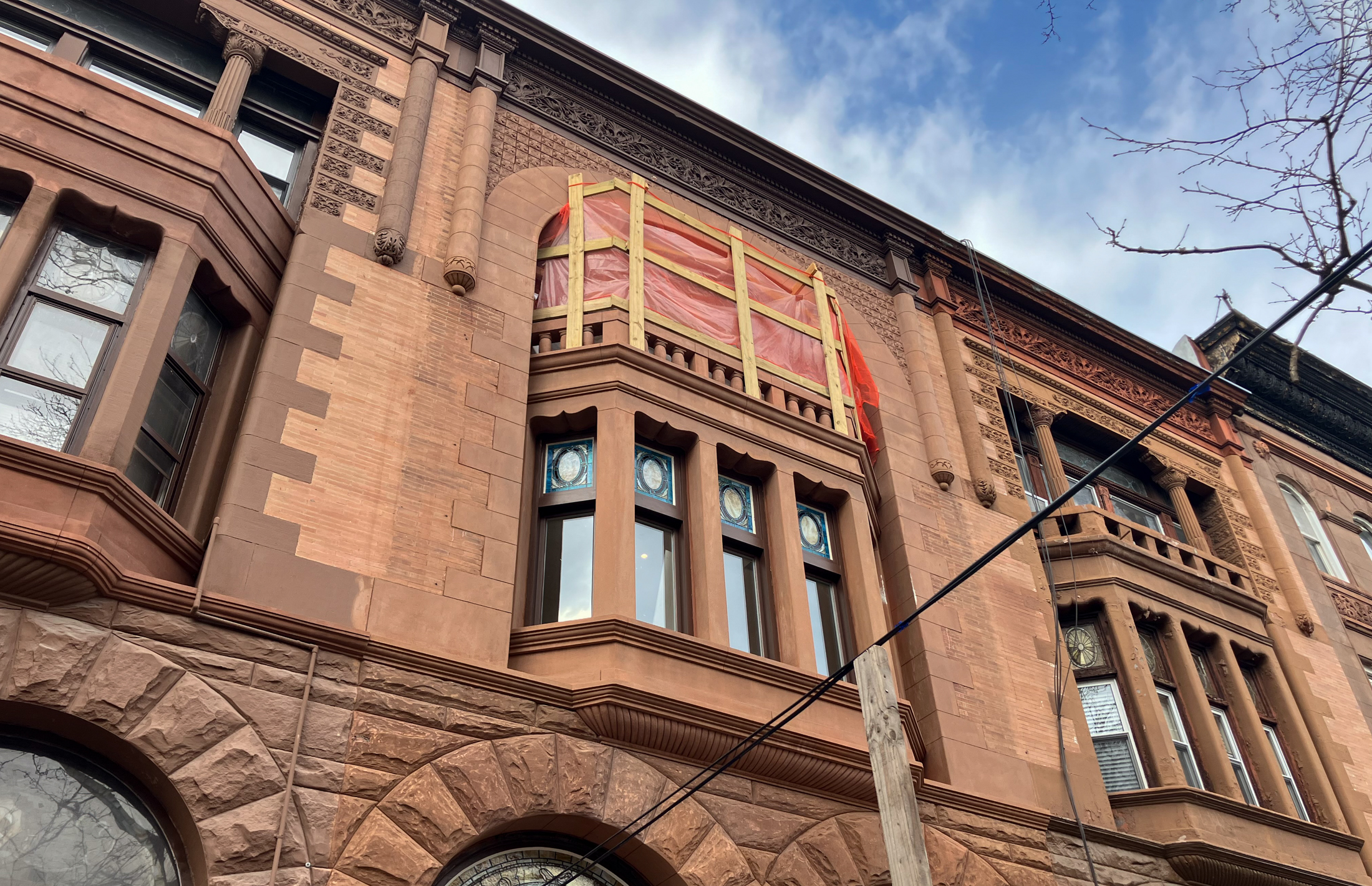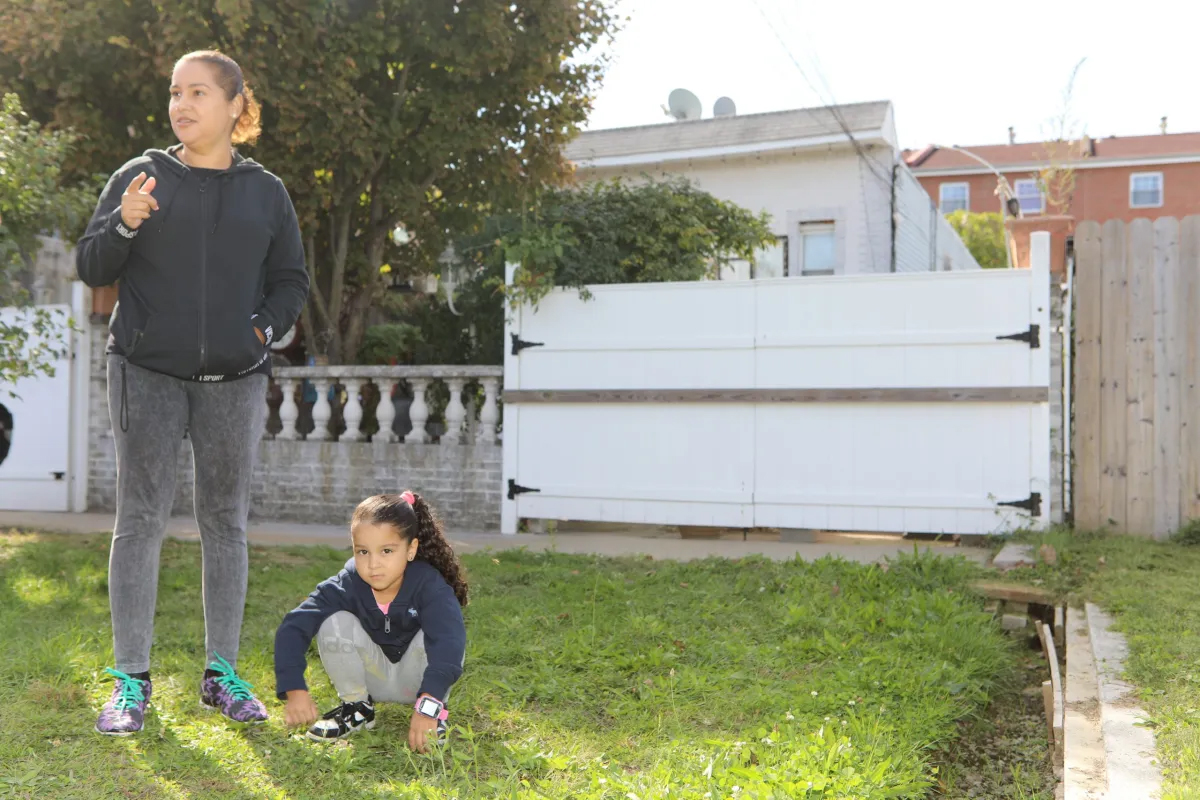Obama Details Rescue Plan for Homeowners
With almost one in ten houses either delinquent or in foreclosure, President Obama unveiled a more ambitious plan than expected yesterday that could end up helping as many as nine million Americans. The $75 billion portion of the plan directed at homeowners has two basic goals: 1) To help the roughly five million homeowners who…

 With almost one in ten houses either delinquent or in foreclosure, President Obama unveiled a more ambitious plan than expected yesterday that could end up helping as many as nine million Americans. The $75 billion portion of the plan directed at homeowners has two basic goals: 1) To help the roughly five million homeowners who are current on payments but facing high interest rates and unable to refinance because the value of their homes has deteriorated; 2) To incentivize lenders to modify the mortgages of roughly four million homeowners on the verge of losing their homes. In addition, the Obama administration will pump another $200 billion into Fannie Mae and Freddie to increase the general availability of mortgages. The plan also aims to lower consumers’ debt-to-equity ratios overall. This plan will not save every home, but it will give millions of families resigned to financial ruin a chance to rebuild, Mr. Obama told a crowd here, in one of the communities hardest hit by the housing crisis. It will prevent the worst consequences of this crisis from wreaking even greater havoc on the economy. And by bringing down the foreclosure rate, it will help to shore up housing prices for everyone. As The Times reminds us, modifying mortgages doesn’t always work.
With almost one in ten houses either delinquent or in foreclosure, President Obama unveiled a more ambitious plan than expected yesterday that could end up helping as many as nine million Americans. The $75 billion portion of the plan directed at homeowners has two basic goals: 1) To help the roughly five million homeowners who are current on payments but facing high interest rates and unable to refinance because the value of their homes has deteriorated; 2) To incentivize lenders to modify the mortgages of roughly four million homeowners on the verge of losing their homes. In addition, the Obama administration will pump another $200 billion into Fannie Mae and Freddie to increase the general availability of mortgages. The plan also aims to lower consumers’ debt-to-equity ratios overall. This plan will not save every home, but it will give millions of families resigned to financial ruin a chance to rebuild, Mr. Obama told a crowd here, in one of the communities hardest hit by the housing crisis. It will prevent the worst consequences of this crisis from wreaking even greater havoc on the economy. And by bringing down the foreclosure rate, it will help to shore up housing prices for everyone. As The Times reminds us, modifying mortgages doesn’t always work.
$275 Billion Plan Seeks to Address Crisis in Housing [NY Times]
O’s $75 Billion Housing Bet [NY Post]
President Obama Unveils $75 Billion Plan [NY Daily News]





slopefarm — I dunno…it’s pretty f’n bad. the thing is, picture Citigroup: when they originated those CDOs, they never sold the “super good” parts, they kept them. but those supergoods make up 80% of each CDO deal. and they took down at least 30-50 billion of those supergoods. Well, even if Citi has a trillion in assets, they have just torched 50 billion. Why is that bad? because that trillion in assets is only supported by about 7% capital, meaning about 70Bn in actual money that’s theirs. the rest they borrowed. so they’re down 50 out of 70, before you consider losses that will come out of god-knows what: commercial real estate, corporate lending, whatever. They are hosed. You know why the banks won’t lend the tarp money? because they’re insolvent and they need it to restore their capital.
Guys like Bernanke pride themselves on never saying rash things, and they’re totally freaking out.
Thanks everyone. In naive layman’s terms, I am still stuck with the nagging feeling that the fear of how bad the bad stuff is far outweighs how much bad stuff there really is out there compared with the relatively good stuff. That, as much as we had a bubble, we now have some weird kind of anti-bubble that is at least as equally divorced from the reality.
joe — yes it is.
it got blocked for me. is that the one where the stick figure says “we f*cked up”? that is hilarious and actually pretty spot on.
by the way, for anyone looking to relate market jargon to that last post, the good, bad, and ugly are called “mortgage backed securities”, and the second-gen product is a “CDO”.
you can “reference” either of these, or any other debt instrument or borrower (eg a company) , with a Credit Default Swap (CDS). All that means is you design a contract to mimic the cash flows of the referenced asset, so that you can take exposure to it (long or short) without burdensome funding operations. Folks like AIG used Default Swaps to gain their exposure, but the contracts are wrongly blamed for causing the crisis. if they hadn’t existed, people would have just bought the assets and financed the purchase through some other means, leading to the same over-leveraged result.
“NSR, did you assume my numbers?”
Yeah, I was just assuming mortgages 1-50 were OK and 51-100 went plock.
joe’s explanation is better (it must be because it matches the cartoon better than what I said!).
I have voters remorse 🙁
north slope you are close. It’s like this: say there’s three investors in the pool. the “good” is entitled to get paid interest and principal from the whole pool first, the “bad”, second, and the “ugly”, last. The investors are not mapped to borrowers, instead they subscribe to priority of payments referencing the entire pool.
In a realistic example, the ugly (in subprime pools) is the bottom 10%, the bad is the 10-20%, and the good is the 20-100%. What happened was that banks RE-POOLED the “bads” to create other investments, which they also divided up. In those second-generation securities, it doesn’t matter if you invested in the “super good” part, because the entire thing was made up of “bads”. Well, pool default rates were above 25%, so the bads got wiped out, and pools of bads got wiped out too.
The way AIG went down was exposure to the “Super Good” parts, just as I described. They are literally worth pennies on the dollar now.
NSR, did you assume my numbers? Your explication taken in aggregate results in 50% of homes underlying MBSs going into foreclosure. Is that what the market thinks?